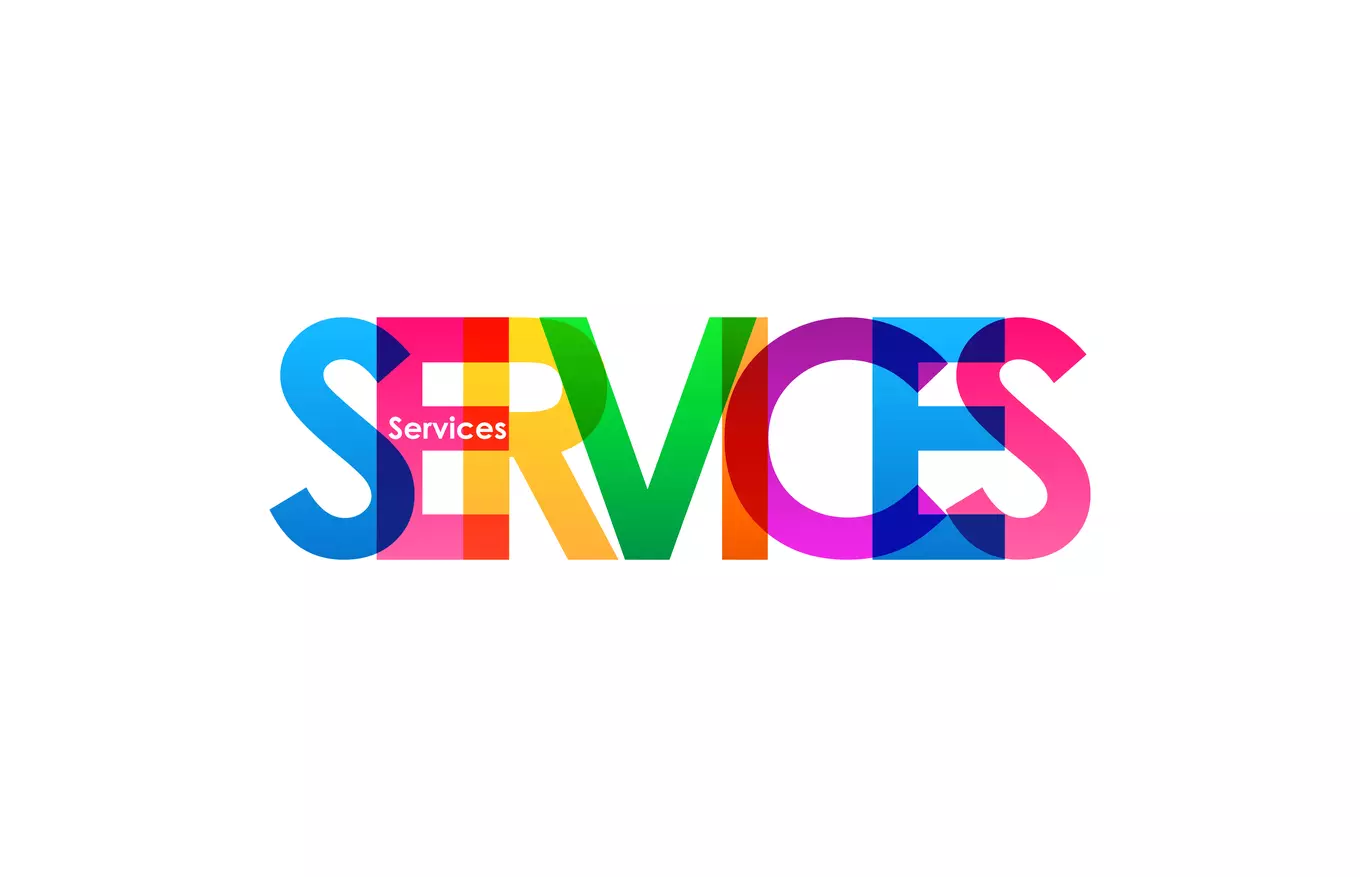

Are You Ready for an Emergency?
Are You Ready for an Emergency?
Answer these questions to be prepared for an emergency:
Do you have three to five days of important things at home, for each family member?Access FEMA's Emergency Supply List (PDF)
Does your family have an emergency plan to reach each other?
If a disaster happens, will you be able to contact all of your family members?
- Plan to Protect Yourself and Your Family
Do your children know what to do in an emergency?
- Make an Emergency Plan for Kids
Does your family have a place to meet if they cannot get home?
- Create a Family Emergency Plan
Do you have a plan for your pets?
- Get advice on Caring for Animals in the event of an emergency.
Pack, Plan, Practice
Packing Checklist
Here are some things to remember when packing for an emergency:
- Water: One gallon per person per day in plastic bottles.
- Food: Canned food that does not need to be cooked with regular can opener and utensils. Also include baby and pet food if you have to.
- Light: Regular and crank flashlights with extra batteries
- Keep warm: Extra clothes, one blanket or sleeping bag and pillow for each person. Extra baby clothes and diapers if needed.
- Extra medicine, if needed.
Prepare and Plan
Talk to your family about the types of emergencies that are most likely to happen and explain what to do in each case. Emergencies include:
- Fires
- Diseases
- Natural Disasters
- Severe Weather
- Terrorism
- Bioterrorism
Practicing Emergency Plan
Once you have the plans in place now it is time to practice:
- Have emergency drills every 3 or 4 months.
- Review your emergency plan every 3 or 4 months.
- Make sure your emergency bag supplies are changed every 6 months.
